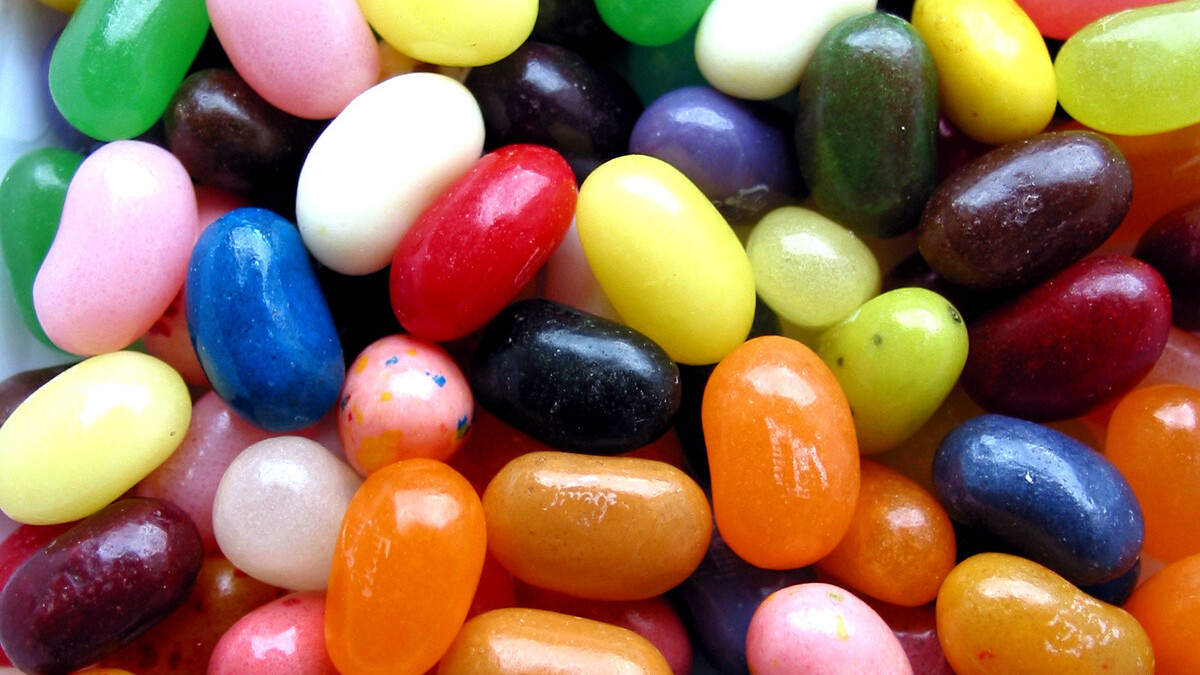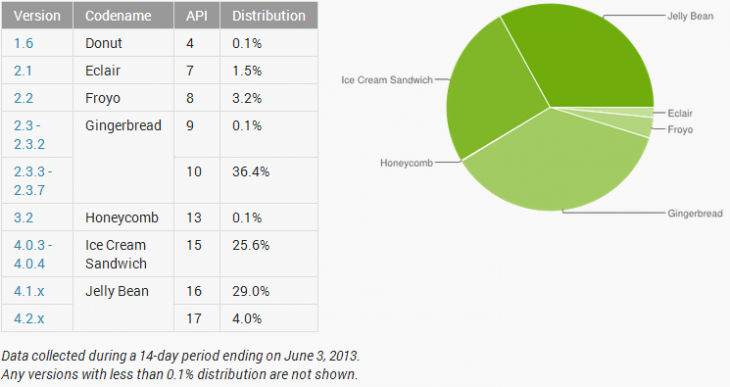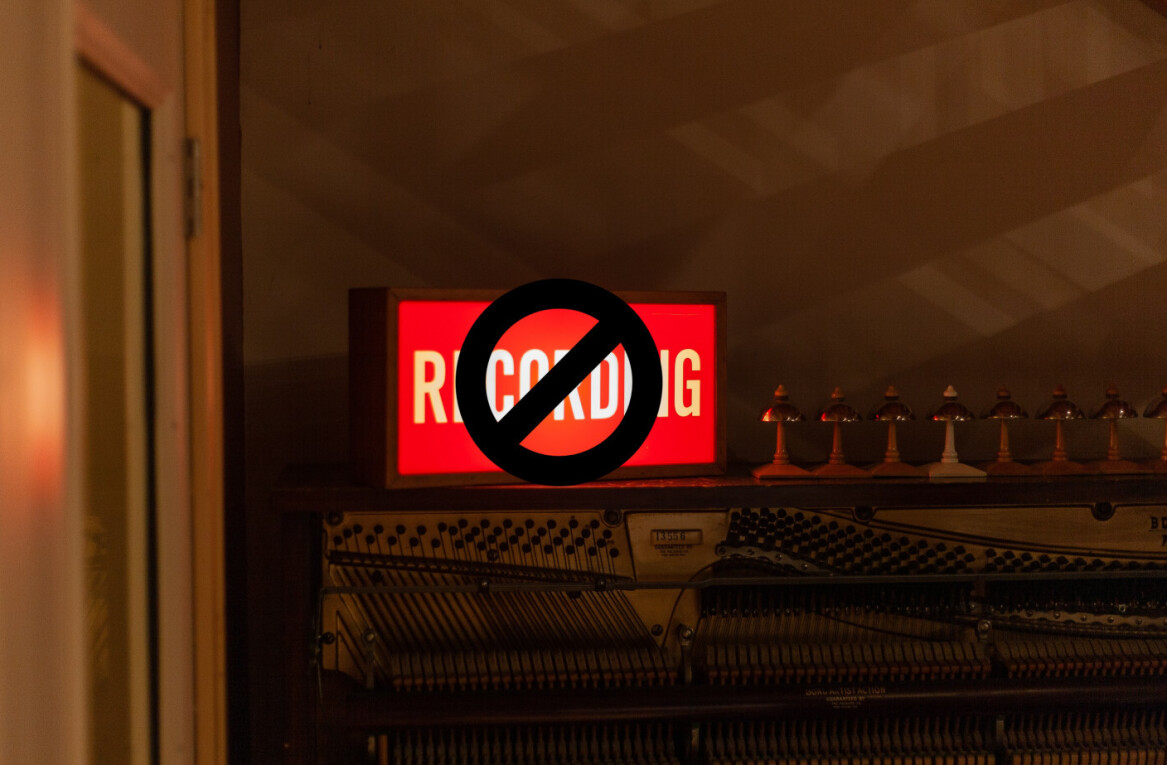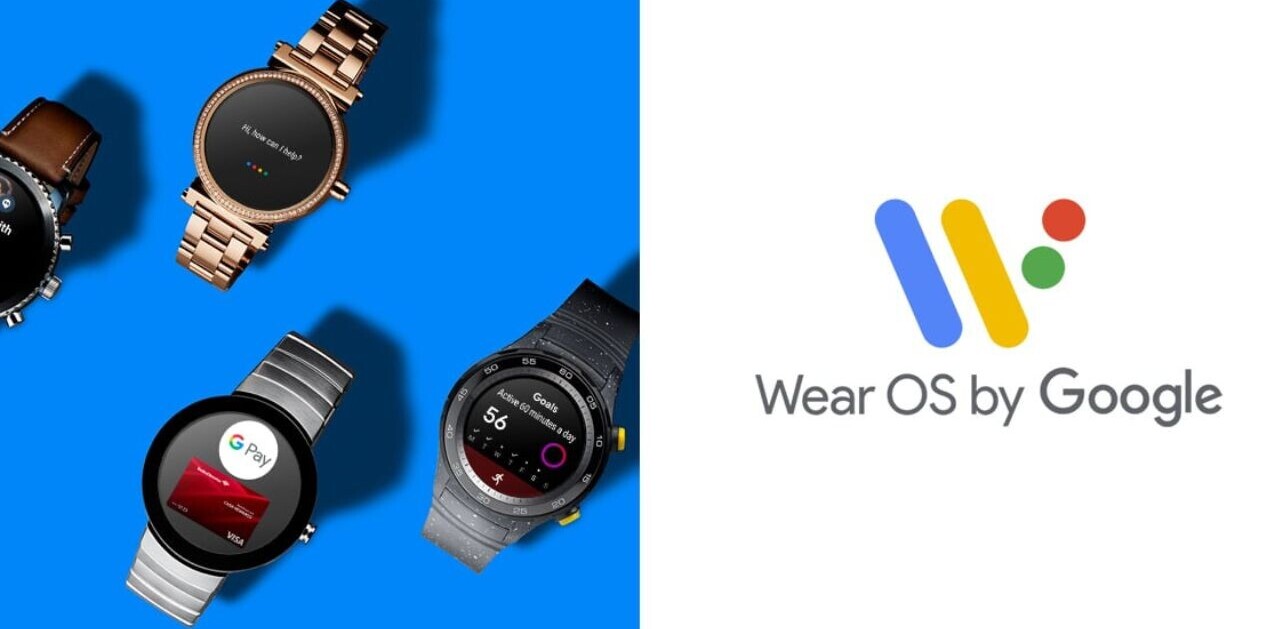
Google today updated its Platform Versions Web page for Android, and it looks like the latest version is finally on its way to snatching first place. Android 4.2 (Jelly Bean) and Android 4.1 (Jelly Bean) are steadily growing and together have surpassed the 30 percent mark, while Android 4.0 (Ice Cream Sandwich), Android 2.3 (Gingerbread), and the rest of prior Android versions are either down or flat.
Breaking down the numbers more specifically, 33.0 percent of Android users are using Jelly Bean, 25.6 percent have devices powered by ICS, 0.1 percent are on Honeycomb, 36.5 are stuck with Gingerbread, and 3.2 percent unfortunately still have Froyo. Here’s how the current Android landscape looks like in graph and table form:
Compared to last month, Android is showing its usual slow but stable progress. Android 4.2 grabbed a decent 1.7 percentage points (from 2.3 percent to 4.0 percent) while Android 4.1 gained a solid 2.9 percentage points (from 26.1 percent to 33.0 percent).
Android 4.0 is meanwhile continuing its slow decline. It dropped another 1.9 points (from 27.5 percent to 25.6 percent).
Android 2.3 lost 2.0 points (from 38.5 percent to 36.5 percent) and Android 2.2 fell 0.5 points (from 3.7 percent to 3.2 percent). The bigger picture remains unchanged, although we expect gold and silver to swap soon: Gingerbread (released December 2010) is first, the latest and greatest Jelly Beans (June 2012 and November 2012) are second, ICS (October 2011) is third, and Froyo (May 2010) is fourth.
Given all these figures, however, it’s important to remember that Google recently tweaked its algorithm in regards to how it counts users for these figures. In its own words, the company explains:
Note: Beginning in April, 2013, these charts are now built using data collected from each device when the user visits the Google Play Store. Previously, the data was collected when the device simply checked-in to Google servers. We believe the new data more accurately reflects those users who are most engaged in the Android and Google Play ecosystem.
As we wrote at that time, this change skews the data two ways: it gives an inaccurate picture of which Android versions are actually being used, but at the same time it helps developers targeting users who are actively using Google Play. Previously, when an Android device merely checked the store, it would be counted. Google now counts every time a user purposefully visits the store.
Keeping this in mind, it’s still great to see that Jelly Bean is the only version of Android that is seeing growing usage. Google I/O 2013 didn’t announce a new release of the company’s mobile operating system, but when it does arrive later this year, it won’t have as large of a problem to solve as its predecessors. Android fragmentation is hardly a solved problem, but it is slowly improving.
Top Image credit: Chris Denham
Get the TNW newsletter
Get the most important tech news in your inbox each week.





